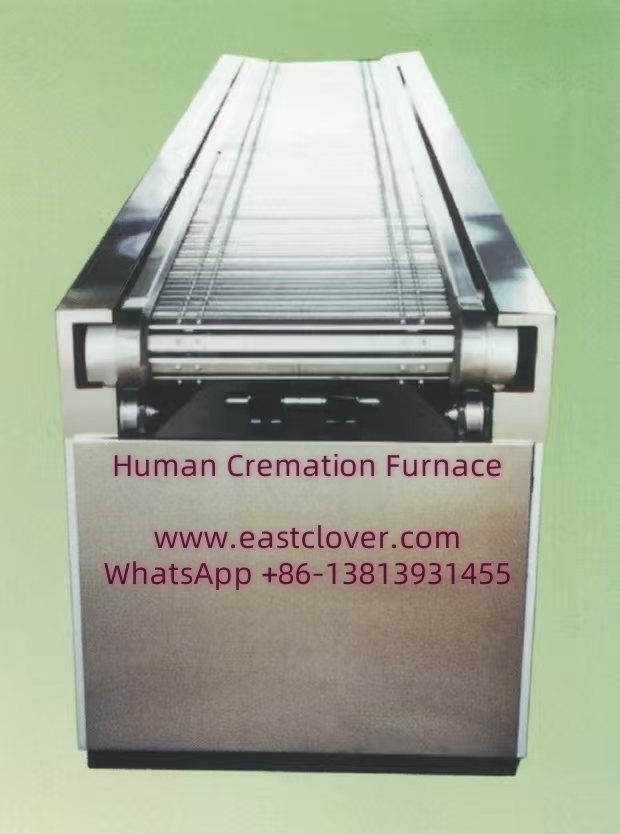Introduction
Public health crises, natural disasters, and mass casualty events can rapidly overwhelm existing mortuary infrastructure. Traditional methods of body disposal, such as fixed-site crematoriums or burial grounds, often lack the scalability and mobility required during emergencies. Mobile cremation furnaces have emerged as a critical tool for governments and disaster response teams to manage mass fatalities efficiently, mitigate public health risks, and uphold the dignity of the deceased. This news explores the design, functionality, and ethical considerations of mobile cremation systems in crisis scenarios.
Structure and Key Features of Mobile Cremation Furnaces
Mobile cremation furnaces are compact, portable units designed for rapid deployment. Key features include:
- Modular Design: Units are pre-assembled on trailers or shipping containers for easy transport.
- High-Temperature Combustion: Capable of reaching 800–1000°C to ensure complete cremation while minimizing emissions.
- Emission Control Systems: Advanced filters and secondary chambers reduce particulate matter and harmful gases.
- Automation: Programmable controls streamline operations, reducing the need for specialized personnel.
Role in Public Health Crises
Speed and Scalability
During outbreaks like COVID-19 or natural disasters, mobile units can process remains onsite, preventing bottlenecks at mortuaries and reducing infection risks.
Infection Control
Cremation destroys pathogens in contaminated remains, crucial for diseases like Ebola or cholera.
Case Study: COVID-19 Pandemic
In 2020, cities like New York and Mumbai deployed mobile units to manage surges in fatalities, underscoring their importance in crisis response.
Benefits Over Traditional Methods
- Rapid Deployment: Operational within hours vs. weeks for permanent facilities.
- Cost-Effective: Lower infrastructure investment compared to building fixed crematoriums.
- Cultural Sensitivity: Enables communities to conduct rituals closer to affected areas.
Challenges and Considerations
Ethical and Cultural Concerns
Some communities oppose cremation for religious reasons. Transparent communication is essential to gain public trust.
Environmental Impact
While modern systems minimize emissions, energy sources and ash disposal require careful management.
Regulatory Compliance
Governments must align operations with public health laws and environmental regulations.
Future Trends
Innovations include solar-powered units, AI-driven temperature optimization, and biodegradable urns. Global standardization of protocols is also critical.
www.southclover.com
Mobile cremation furnaces are indispensable for managing mass fatalities during crises. By balancing efficiency, ethics, and environmental responsibility, governments can enhance preparedness and protect public health while respecting cultural values. Continued technological and procedural advancements will further solidify their role in global emergency response frameworks.
Frequently Asked Questions (FAQs)
A portable unit designed to cremate human remains onsite during emergencies, often mounted on trailers or modular platforms.
High-temperature combustion neutralizes pathogens in contaminated remains, reducing infection risks.
Modern systems include filters to reduce emissions, though energy sources and ash management require oversight.
Through community engagement, temporary burial alternatives, and adherence to local customs where feasible.

Comments are closed